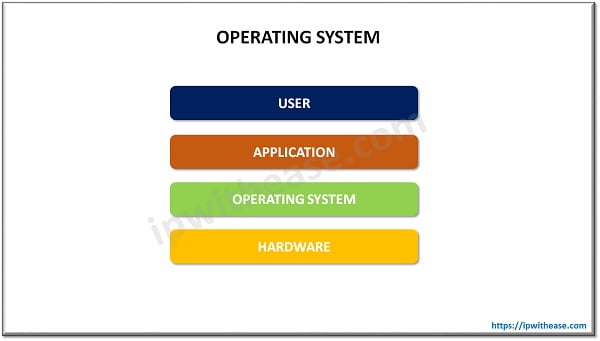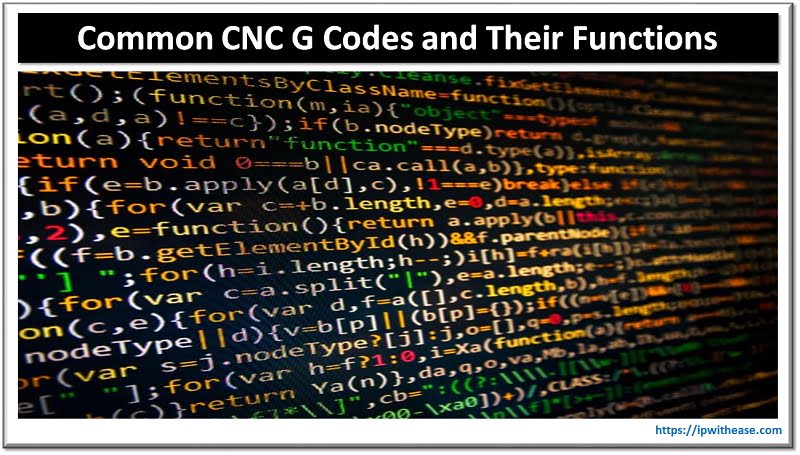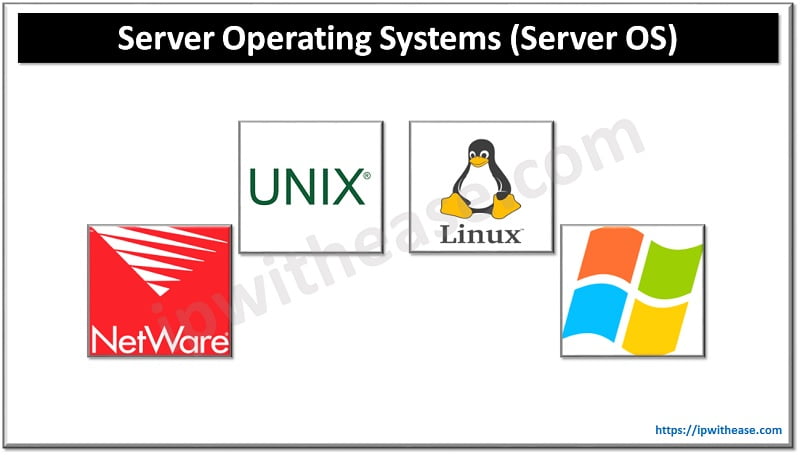Table of Contents
Operating systems and Processors are two diverse terms. If the processor is the brain, the Operating system acts like its conscience.
In this article we will look into details of Operating Systems and Processors.
Operating Systems
Operating system is a specific class of programs that acts as an interface between computer hardware and user. Operating system is responsible for resources allocation, memory management, CPU management, File management and execution of processes. Operating systems gives users an environment to run programs and communicate with applications residing on systems in a user-friendly organized manner.
Some of the popular operating systems are Windows, Linux OS, AIX OS, MAC OS, VMS, OS/400 etc.
Functions of OS
Operating systems perform multiple functions such as processor management, memory management, File management, Security, device management, Management of Input/Output devices (Peripherals), Time management, coordination between system software and hardware.

History of Operating Systems
The evaluation of the Operating system dates to the early 1950s when the first operating system was built by General Motors (GMOS). In 1975 the most popular Operating system was developed by Bill Gates, MS-DOS which was a command line-based interface which later became a GUI starting with Windows 95, Windows 98, Windows XP, and Windows 10 (Latest OS from Microsoft) now.
Types of Operating Systems
Operating systems can be characterized into several categories:
- Batch Operating system – In these, jobs are executed in batches as in Mainframes. All jobs were put in a queue based on FIFO (First come First serve) and jobs executed one by one.
- Multiprocessing Operating System – More than one processor supports more than one process at the same time.
- Real time Operating System – each task is carried out within a stipulated time only such as launching of a Missile.
Operating Systems Characteristics
- Helps to monitor and regulate system resources.
- GUI based interface.
- It facilitates resource sharing such as fax , printer etc.
- Facilitate interaction between users and computer hardware and application.
Processor
A processor is a small chip which is found in electronic devices and computer systems. It is responsible for performing the basic job of accepting input and producing a specific output.
Processors perform arithmetic, logical, Input /Output, and other basic instructions which are passed from Operating systems. Processors used in computer systems are known as ‘CPU’, ‘GPU’ – is a graphic processing unit, It is another type of processor.
Processors are used in many electronic devices such as Smartphones, tablets, and many handheld devices. Processor has four basic units – the Arithmetic logic unit (ALU), the floating-point unit (FPU), registers, and the cache memory. ALU performs arithmetic and logical operations and results are sent to registers which in turn store these values in random access memory (RAM).
For VMware hosts and VMs, it is important to know the CPU and system memory usage visibility to maximize your SQL server performance.
Functions of Processor
Fetch –🡪 Decode –🡪 Execute are three functions performed by Processors.
Categories of Processors
There are five types of Processors namely : –
- Microcontroller – It is a small system or computer on a single metal oxide semiconductor IC (Integrated Chip). It contains a CPU, memory, and Input/Output peripherals.
- Microprocessor – Microprocessor is also known as ‘Heart of Computer system’. It is an electronic component inside a computer or in other words a ‘Self-contained single chip microcomputer’. It has a central processing unit (CPU) on a single IC (Integrated Chip) having non-volatile programmable memory, input / output capabilities.
- Embedded Processor – it is designed to control electrical and mechanical functions, such as central heating systems, domestic appliances , digital watches , GPS systems etc.
- Digital Signal Processor – is meant for filtering , measuring, compressing, analogue and digital signals. These kinds of processors are mainly used in barcode scanners, oscilloscopes, printers, and mobile phones.
- Media Processor- this is used as an image or video processor and designed for handling digital streaming data.
Processor Characteristics
- Processors are composed of registers, control unit (CU), Arithmetic Logic Unit (ALU).
- Speed of the processor decides the execution speed of instructions.
- Processor has cache memory to accelerate the RAM memory and storage (Hard) disk.
Comparison Table: Operating Systems vs Processor
FUNCTION | OPERATING SYSTEMS | PROCESSOR |
| Definition | Operating systems is a specific class of programs that acts as an interface between computer hardware and user. Operating system is responsible for resource allocation, memory management. CPU management, File management and execution of processes. | A processor is a small chip which is found in electronic devices and computer systems. It is responsible for performing the basic job of accepting input and producing a specific output.
|
| Features | Allows disk access, handles I/O operations, resources allocation, and execution of programs, and establishes a user interface. | Power Management, time management, Supports Hyper Threading, multitasking, Multithreading. |
| Architecture | Kernel and Shell. | Processor comprises Arithmetic-Logic Unit(ALU), Control Unit (CU) , floating-point unit (FPU), Cache memory and registers. |
| Developed using | C, C++, Assembly Language | C, C++, Java, Visual Basic |
| Applications | File management, Memory management, Task management, Input/Output handling, and managing peripheral devices. | Processors are used in Computers, Smartphones , transportation industry, instrumentation, Office automation and communication etc. |
| Drawbacks/ Limitations | Prone to virus attacks, Hardware specific issues in OS could lead to data loss. | Limited memory, heats up quickly, limited data size, doesn’t support floating point instructions. |
| Examples | OS X, VMS, OS/400, AIX, z/OS, Windows. | MC68000 Motorola, AMD, Intel. |
Download the comparison table: OS vs PROCESSOR
Quick Facts
The first operating system was created in the early 1950s known as GMOS developed by General Motors for an IBM computer.
Continue Reading:
Mobile Operating System vs Desktop Operating System
Difference between 32 bits & 64 bits Operating System
ABOUT THE AUTHOR

You can learn more about her on her linkedin profile – Rashmi Bhardwaj



